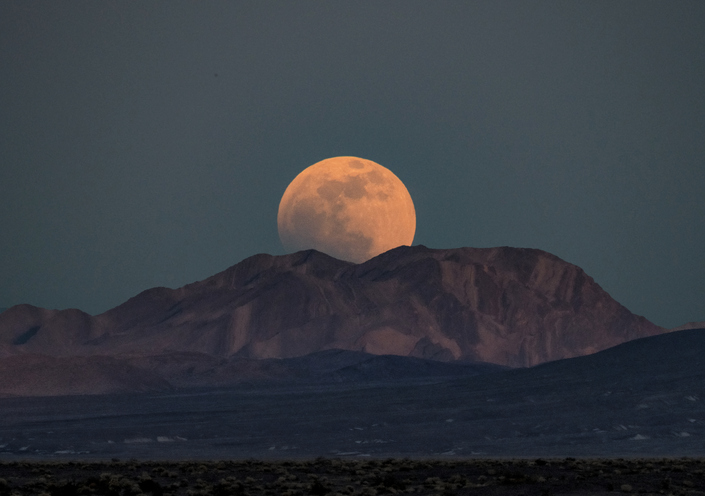Earth will soon have two moons, but not for long.
According to a study published in the journal Research Notes of the American Astronomical Society (AAS), the “moon” in question is an celestial body known as 2024 PT5 that is believed to be an Arjuna asteroid.
Arjuna asteroids, according to a study published in the Royal Astronomical Society’s September 2013 issue by the same researchers as the previously mentioned study, are “minor bodies moving in orbits with low eccentricity, low inclination and Earth-like period.”
This is not the first time a Near-Earth object has come close to our planet, and “mini moon” phenomena are relatively common, researchers say.
“Near-Earth objects that follow horseshoe paths and approach our planet at close range and low relative velocity may undergo mini moon events in which their geocentric energy becomes negative for hours, days or months – but without completing one revolution around earth while bound,” the AAS study, published this month, said. “An example of an NEO experiencing such a temporarily captured flyby is 2022 NX1 which was a short-lived mini moon in 1981 and 2022.”
To put it more simply, one of the researchers, Universidad Complutense de Madrid professor Carlos de la Fuente Marcos, told Space.com that if a true object orbiting earth is “like a customer buying goods in a store, objects like 2024 PT5 are window shoppers.”
According to Space.com, short mini moon events are “relatively frequent” but “long capture episodes” are rare, the latter averaging about one every ten to 20 years.
The cause of the ejection of objects like 2024 PT5 are gravitational disturbances caused by the sun. Once 2024 PT5 has finished its semi-orbit of earth, it will return to its normal sun-centered orbit.
Unfortunately for amateur stargazers looking to catch a glimpse of the mini moon, it is too small to be seen with the naked eye or even typical binoculars, Professor Marcos said.
“The object is too small and dim for typical amateur telescopes and binoculars; however, the object is well within the brightness of typical telescopes used by professional astronomers,” he said. “A telescope with a diameter of at least 30 inches plus a CCD or CMOS detector are needed to observe this object…a 30-inch telescope and a human eye behind it will not be enough.”
According to researchers, the mini moon will appear on Sept. 29 and is forecast to last until Nov. 25.
